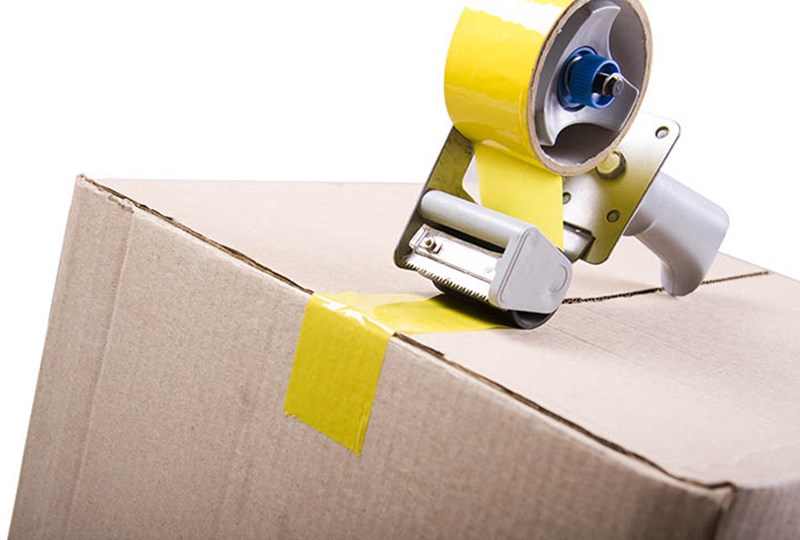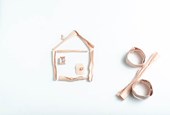
Key insights
- Plan ahead and color code your boxes and large items to make moving a breeze
- If you have strange storage spots in your current residence, be sure to pack up random items based on where they will live in your new home
- Free yourself up from constant consultations by giving the movers an easy-to-reference colored key of your new floor plan
Moving from one home to another can be a stressful exercise. By staying hyper-organized and color-coding every box and item, you can minimize unexpected issues and confusion among your moving staff (or the kind friends and family who are helping you pack up).
Plot your colors
Start by purchasing colored tape or large colored stickers from an office supply store. Don’t worry about the tape rolls or stickers matching in size or shape; your main concern is having enough variance in the colors that you can easily and quickly distinguish between boxes. Consult a floor plan of your new home and give each room a designated color.
If you have a few days to wait, you can also order colored labels designed specifically for moving, like these.
Pack with the future in mind
If you’ve lived in your current residence for awhile, you likely have some… interesting… storage arrangements. Perhaps your guest pillows are in your son’s bedroom closet or your Christmas lights are in a Target bag in the corner of the garage.
There’s no better time to create smart storage norms than on day one in your new home. As you pack, be sure to place items in boxes based on where they should live in your new home — not where they reside now. That means your guest pillows should be coded to match the spare bedroom and the Christmas lights should go into long-term storage in the basement.
It’s a bit of extra upfront work, but it should be exciting to consider all the space you’ll have in your new place. Organizing the random items will also allow you to unpack rooms in order of importance, without running into boxes of miscellaneous items that slow you down.
Don’t forget furniture and larger appliances
To you, it may seem obvious that your current living room couch will soon live in your new family room. Of course, movers don’t have that kind of context.
To free yourself up from answering where each large piece of furniture goes, label your larger, non-boxed items as well. Of course, you’ll want to be careful about where you’re adding sticky labels and tape. Try using a safety pin to adhere the colored label to your love seat and upholstered chairs.
Make a key for moving day
If you have time, you can color code your floor plan and offer a copy to each mover. Another option is to place a large key in the main entryway and the garage entry of your new home so movers can reference it as they walk in with each item.
For extra clarity, add a colored sticker or sheet of paper to each door or on the walls of each room.
Get ready to unpack!
In advance of moving day, decide which rooms will be unpacked first. Once the moving crew has gone, start with the high priority rooms. Be sure to unpack the coffee pot first so you have plenty of extra energy as you organize your old life into your new home.








